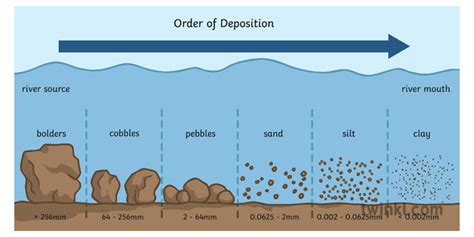Grave Settling in Different Soil Types Explained
Grave settling, or subsidence, is a natural process that occurs after burial. The decomposition of the body and the natural compaction of the soil surrounding the casket contribute to this gradual sinking of the ground. However, the rate and extent of settling vary significantly depending on several factors, most notably the type of soil. Understanding how different soil types influence grave settling is crucial for cemetery management, families grieving a loss, and anyone interested in the practicalities of burial.
What Causes Grave Settling?
Before delving into soil types, let's briefly review the primary causes of grave settling. The process isn't simply about the weight of the earth above the casket. It's a complex interplay of:
- Decomposition: As the body decomposes, the organic matter breaks down, leaving voids in the soil. This loss of volume contributes significantly to settling.
- Soil Compaction: The weight of the soil above the grave, combined with the natural processes of water drainage and freeze-thaw cycles, causes the soil particles to compact more tightly over time.
- Soil Type: The inherent properties of the soil—its drainage, texture, and composition—significantly influence how much it compacts and how quickly settling occurs.
- Burial Methods: The method of burial (e.g., traditional casket burial vs. green burial) can also influence settling. Green burials, which often involve biodegradable materials, can result in faster settling due to quicker decomposition.
Grave Settling in Different Soil Types
The type of soil plays a dominant role in the rate and extent of grave settling. Let's examine some common soil types:
Sandy Soils:
Sandy soils are well-drained and relatively loose. This means that while they may compact somewhat, they are less prone to significant settling than other soil types. Water drains quickly, reducing the impact of waterlogging and subsequent soil shifting. Therefore, grave settling in sandy soils tends to be less pronounced and more gradual.
Clay Soils:
Clay soils are known for their high water retention capacity. They are also very fine-grained, meaning the particles pack tightly together. This combination leads to significant compaction over time, resulting in more substantial and potentially uneven settling. Waterlogged clay soils can exhibit particularly dramatic settling as the clay expands and contracts with changes in moisture content.
Silty Soils:
Silty soils fall somewhere between sandy and clay soils in terms of their drainage and compaction characteristics. They typically settle more than sandy soils but less than clay soils. The settling rate depends largely on the specific composition of the silt and any clay or sand mixed in. Silty soils are generally considered moderate in terms of their susceptibility to grave settling.
Loamy Soils:
Loamy soils are a mix of sand, silt, and clay, offering a more balanced profile. This blend often results in moderate drainage and compaction. Grave settling in loamy soils is usually moderate, with a relatively even subsidence rate.
Organic Soils (Peat, Muck):
These soils are composed largely of organic matter, which decomposes readily. This leads to significant settling, often at a much faster rate than other soil types. The soil's structure can be unstable, making it particularly susceptible to uneven sinking. Grave settling in organic soils is usually substantial and uneven, often requiring more significant maintenance.
How is Grave Settling Managed?
Cemeteries employ several strategies to mitigate the effects of grave settling, including:
- Proper Soil Preparation: This involves compacting the soil before burial to reduce the amount of settling over time.
- Grave Liner Selection: Using a sturdy grave liner helps maintain the integrity of the grave and reduce the impact of soil compaction.
- Regular Maintenance: Cemeteries regularly inspect and maintain graves to address any uneven settling.
Frequently Asked Questions (PAAs)
How long does it take for a grave to settle?
The timeframe for grave settling varies considerably depending on the soil type, climate, and burial methods. It can range from a few months to several years, with settling often being most significant in the first year or two.
How much does a grave settle?
The amount of settling is also highly variable. It can range from a few inches to several feet, depending on the factors mentioned above. Sandy soils typically settle less than clay soils, for instance.
Can I prevent grave settling entirely?
While you can't prevent settling entirely, proper soil preparation and appropriate grave liners can minimize the extent and unevenness of the process.
What are the signs of excessive grave settling?
Excessive settling may manifest as a noticeable depression in the ground, cracks around the headstone, or tilting of the marker. If you observe such signs, you should contact the cemetery authorities.
Understanding grave settling and its relation to different soil types is crucial for realistic expectations about the changes a gravesite will undergo over time. By considering these factors, families can make informed decisions and cemeteries can implement appropriate management strategies to maintain the dignity and respect of burial sites.

